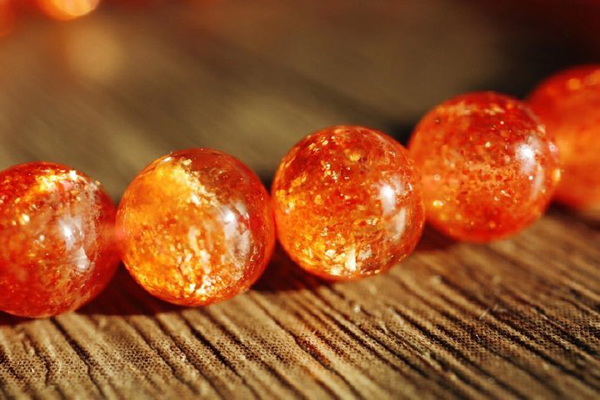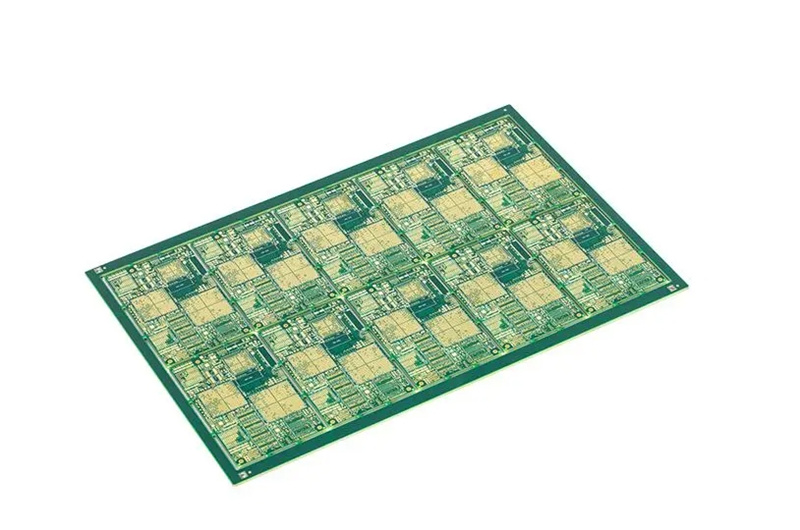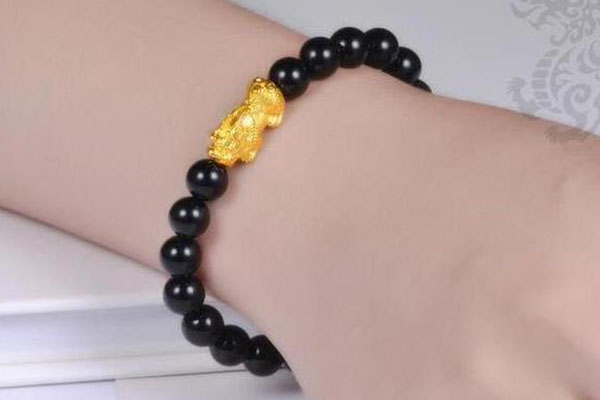Gemstones have always fascinated humans with their beauty, rarity, and metaphysical properties. Among the numerous gemstones available in the market, orange moonstone and sunstone stand out for their unique color, texture, and symbolism. In this blog post, we’ll explore the similarities and differences between these two gemstones, and help you choose the right one for your needs.
Orange Moonstone
Definition and characteristics
Orange moonstone is a variety of feldspar mineral, which displays a play of colors, called adularescence. It has a hardness of 6-6.5 on the Mohs scale, making it a relatively durable gemstone. The orange color in moonstone is caused by the presence of hematite or copper inclusions, and it often appears in a translucent or opaque form.
Geological origins and locations
Orange moonstone is mainly found in Sri Lanka, India, and Madagascar, where it is formed in igneous and metamorphic rocks. Sri Lankan moonstone is considered the finest and most sought-after variety, due to its superior color and clarity.
Colors, patterns, and variations
Apart from orange, moonstone can come in a range of colors, including white, gray, peach, blue, and green. The orange variety of moonstone can display a range of patterns, from swirls to dots to straight lines, depending on the inclusions present. The gemstone can be cut into various shapes, including oval, pear, round, and cabochon.
Uses in jewelry and spiritual practices
Orange moonstone is a popular gemstone in jewelry making, especially for bohemian and vintage-inspired designs. It can be set in silver or gold settings and combined with other gemstones, such as citrine, garnet, and turquoise. Orange moonstone is also used in spiritual practices, such as meditation and crystal healing, to enhance intuition, creativity, and emotional balance.
Benefits and properties
Orange moonstone is believed to have several metaphysical properties, such as:
- Enhancing creativity and passion
- Calming emotions and reducing stress
- Boosting self-confidence and self-esteem
- Improving intuition and psychic abilities
Market value and availability
Orange moonstone is a relatively affordable gemstone, with prices ranging from $5 to $50 per carat, depending on the quality and size. It is widely available in jewelry stores and online retailers, but it is important to buy from a reputable source to ensure authenticity and quality.
Sunstone
Definition and characteristics
Sunstone is a variety of feldspar mineral, which displays a bright, glittery effect, called aventurescence. It has a hardness of 6-6.5 on the Mohs scale, making it a relatively durable gemstone. The color of sunstone ranges from golden brown to reddish-orange to pink, depending on the concentration of iron or copper inclusions.
Geological origins and locations
Sunstone is mainly found in the United States, Canada, India, and Norway, where it is formed in volcanic rocks or pegmatites. The Oregon sunstone is considered the finest and most valuable variety, due to its vivid color and strong aventurescence.
Colors, patterns, and variations
Apart from the classic sunstone color, the gemstone can also come in shades of green, blue, and gray, depending on the presence of different minerals. The inclusions in sunstone can form different patterns, such as speckles, stripes, or patches, which add to its unique beauty. Sunstone can be cut into various shapes, including oval, round, and cushion.
Uses in jewelry and spiritual practices
Sunstone is a popular gemstone in jewelry making, especially for bohemian and earthy designs. It can be set in silver or copper settings and combined with other gemstones, such as turquoise, amber, and agate. Sunstone is also used in spiritual practices, such as chakra balancing and aura cleansing, to promote joy, abundance, and vitality.
Benefits and properties
Sunstone is believed to have several metaphysical properties, such as:
- Boosting confidence and self-expression
- Enhancing creativity and motivation
- Bringing joy and positivity into life
- Clearing energy blockages and improving circulation
Market value and availability
Sunstone is a relatively rare and valuable gemstone, with prices ranging from $20 to $200 per carat, depending on the quality and size. It is less widely available than orange moonstone, but can be found in specialty gemstone stores and online retailers.
Orange Moonstone vs Sunstone
While orange moonstone and sunstone share some similarities in terms of mineral composition and durability, they also have distinct differences in terms of color, appearance, and metaphysical properties.
Differences in color, appearance, and texture
While both gemstones can have orange hues, sunstone tends to have a more intense, golden-orange color, with a glittery effect, while orange moonstone has a softer, peachy-orange color, with a cloudy or milky effect.
Another difference is the texture and pattern of the gemstones. Sunstone has a rough, grainy texture, with visible inclusions that create a speckled or glittery effect, while orange moonstone has a smooth, polished surface, with subtle inclusions that create a gentle glow.
Differences in metaphysical properties and meanings
Orange moonstone is associated with the sacral chakra, which governs creativity, emotions, and sexuality, while sunstone is associated with the solar plexus chakra, which governs confidence, willpower, and self-expression. While both gemstones are said to enhance creativity and confidence, they may have a different focus and intensity, depending on the chakra they affect.
Differences in popularity and market demand
Orange moonstone is a relatively common and affordable gemstone, which is widely used in bohemian and spiritual jewelry, but may not be as well-known or sought-after as other gemstones, such as amethyst or turquoise. Sunstone, on the other hand, is a rarer and more valuable gemstone, which is often used in high-end or designer jewelry, and may appeal to collectors or enthusiasts.
Similarities in origins and geological properties
Despite their differences, orange moonstone and sunstone share some similarities in terms of their origins and geological properties. Both gemstones are varieties of feldspar mineral, which is a common mineral in igneous and metamorphic rocks. They are also formed by the same process of exsolution, which creates the inclusions that give them their unique appearance.
How to choose between Orange Moonstone and Sunstone
When choosing between orange moonstone and sunstone, there are several factors to consider, including your personal style, intended use, and budget. If you prefer a softer, more ethereal look, and want to focus on enhancing your intuition and emotional balance, orange moonstone may be a better choice for you. If you prefer a bolder, more earthy look, and want to focus on enhancing your confidence and creativity, sunstone may be a better choice for you.
It is also important to consider the quality and authenticity of the gemstone, and to buy from a reputable seller. Look for gemstones that have a consistent color, minimal inclusions, and a polished surface. Avoid gemstones that have cracks, fractures, or cloudy areas, as they may be less durable or less valuable.
Conclusion
Orange moonstone and sunstone are two beautiful and unique gemstones that share some similarities, but also have distinct differences in terms of color, appearance, and metaphysical properties. Whether you prefer the soft glow of orange moonstone or the glittery shine of sunstone, both gemstones can bring beauty, inspiration, and positive energy into your life. When choosing between them, consider your personal style, intended use, and budget, and always buy from a reputable seller to ensure the quality and authenticity of the gemstone.




